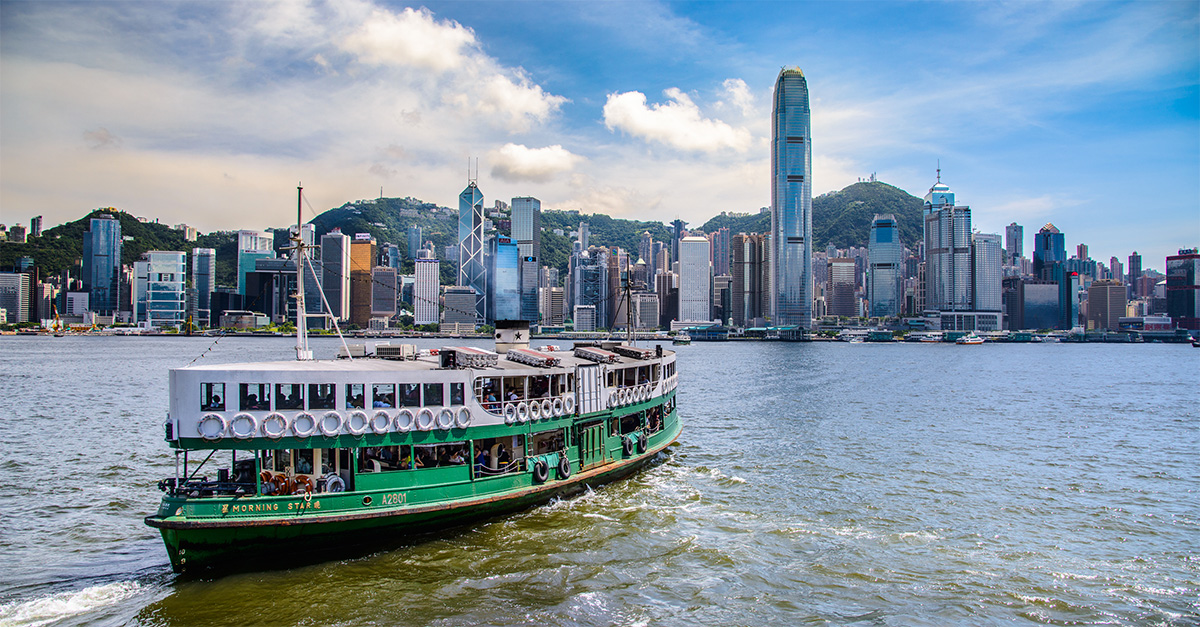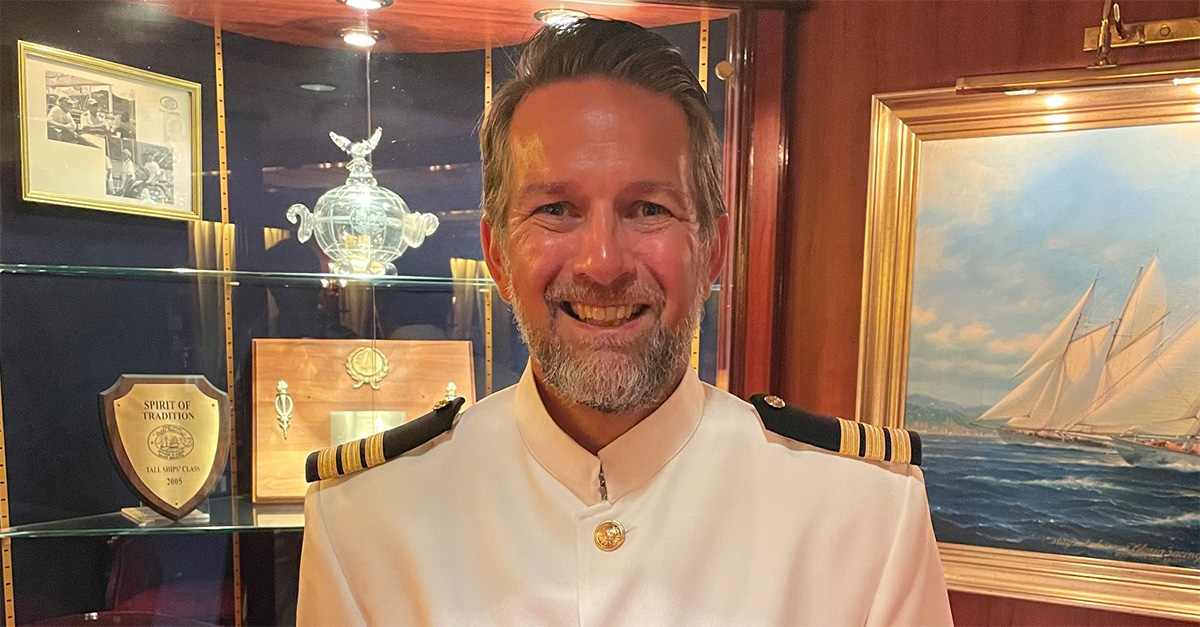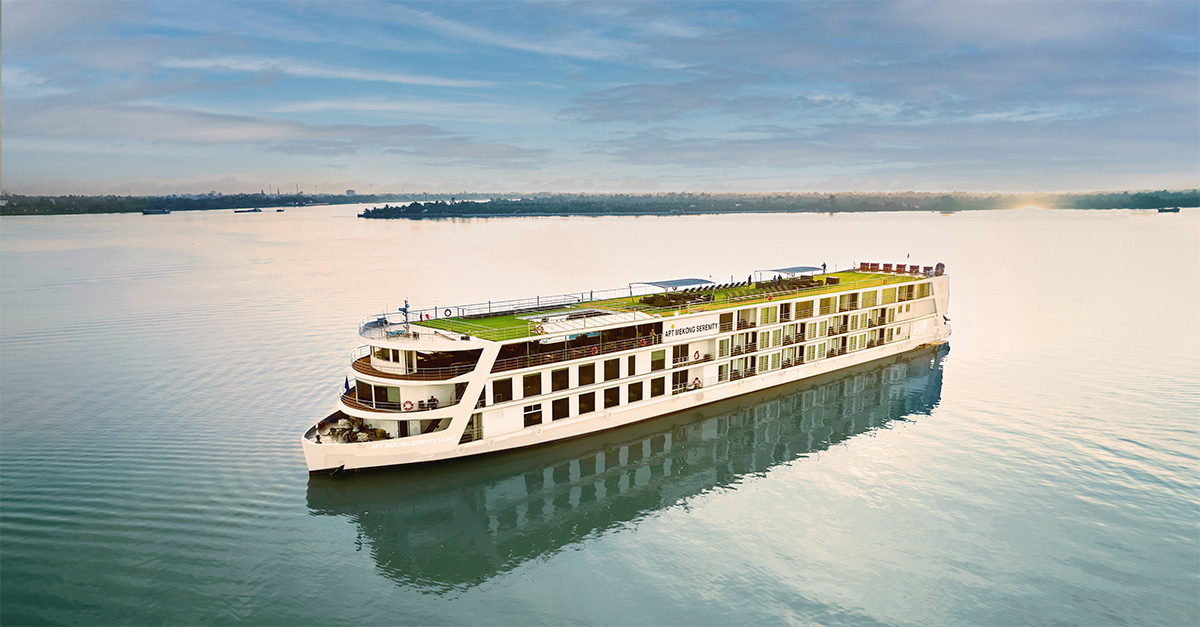Ever had the feeling of wanting to stop the modern world
and get off? If so, a sleepy, rustic island where women in straw
hats and waders spear octopus in a clear lagoon and fishermen set
sail in wooden pirogues awaits.
Mauritius’ sister island Rodrigues, at 11 miles long and five
miles wide – about the size of Jersey – is a pinprick
on any map. The pace of life here is as slow as the giant tortoises
that once roamed the island – how can you rush in a capital
that is just seven streets wide?
“Rodrigues is nothing people imagine an Indian Ocean island
to be,” said Elite Vacations managing director Peter Jackson,
the only UK operator to brochure it as both an add-on and
stand-alone holiday. “I describe it as a Scottish island with
sunshine. Sold correctly, most people love it.”
Rodrigues, along with Mauritius and Reunion, forms the Mascarene
Islands and is described as the Cinderella of the group. These days
exclusivity is about uncovering a new island and escaping the
crowd. Prince William is among those who have recognised its
uncommercialised charm. Luxury here is about relaxation and
simplicity rather than bustle and glamour.
Currently, a 90-minute flight from Mauritius, only about 400 of the
90,000 British tourists to Mauritius each year make the trip.
Sunset Faraway sends around 100 of these on a three-night extension
which it has been offering for 15 years.
The island is keen to attract more UK visitors, and despite its
remoteness, represents good value when compared to Mauritius.
Rodrigues offers large doses of fresh air, organic chicken on the
table and around 20 secluded beaches. It’s as far away from
shopping malls as you can get, and outside the capital, Port
Mathurin, there’s barely a car or a person in sight. The
local bus is fittingly emblazoned, King of the Road.
Winding towards the highlands on main road, the 52 bends yield
panoramic views of fishing boats bobbing on a turquoise and
aquamarine sea and wild mountainsides indented with ravines stuffed
with thirsty tropical plants.
In the quiet, mainly Roman Catholic villages, octopus hang out to
dry. Coconut and casuarina trees dot the landscape and the
predominantly Creole, rather than Indian culture, gives the island
a unique flavour. Famed for octopus curry – its chillis are
one of the hottest varieties – local dishes are of fish and
pork, flavoured delicately with saffron, lemon and paw paw.
Rodrigues is such a laid-back and unpretentious place that, on a
scrubby pitch by the sea, Prince William even taught the locals to
play rugby.
Tourism started in 1972 with the first Air Mauritius flight. Often
described as ‘like Mauritius was 30 to 50 years ago’,
its landscape is unspoilt and undeveloped, some parts resembling
Mauritius’ rugged southwest coast. Its French-speaking people
are easy to connect with, dance the sega and have a similar
colonial history.
Sunset Faraway sales and marketing director Hamish Kaumaya said:
“Rodrigues is part of Mauritius, but not Mauritius as we know
it. It adds a new dimension to a Mauritius holiday, particularly
for clients wanting something different.”
The island is mainly sold as a relaxing destination for older
couples. Diving, windsurfing and kitesurfing draw a younger crowd
and adventurous honeymooners make it here, but few families. It
doesn’t suit those looking for nightlife, but is ideal for
active nature lovers – visitors can get around by four-wheel
drive, cycle, walk or horse ride. Peak season is October to April,
but the spring-like June to September period is a good time to go.
“It’s the lack of development that makes Rodrigues
special,” said Jackson.
Away from the northern capital, the island’s attractions are
natural and low-key, and the most charming aspects are its
landscapes and people. The east coast has the best beaches and a
coastal walk through filao trees leads to the pirate cove –
Trou d’Argent or the ‘money hole’ – which
many consider the most beautiful spot on the island. On the west
coast, a crunch along white coral reaches the most visited site,
the Caverne Patate, where an hour’s tour takes in stalagmites
and stalagtites. But for Robinson Crusoe wannabes, it’s hard
to beat the half-mile wade from the boat at low tide to the white
sandy Ile aux Cocos (Coconut Island).
In this bird sanctuary, the most popular day excursion, noddies bob
on palms in the wind and sooty terns call ‘yeh yeh’ as
you loll in the shallows after lunch.
Since given regional autonomy in 2002, development has proceeded
with caution. The government vision is for it to become an
ecological island, hand in hand with ecotourism. Hotels can build
no more than 60 rooms and motorised water sports will not be
zipping around this lagoon.
It seems Cinderella’s character will remain unchanged,
despite being found by Prince Charming.




